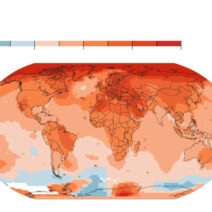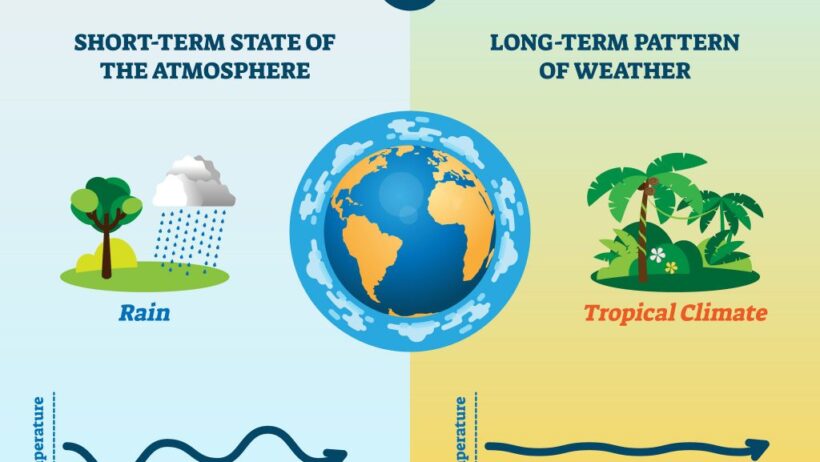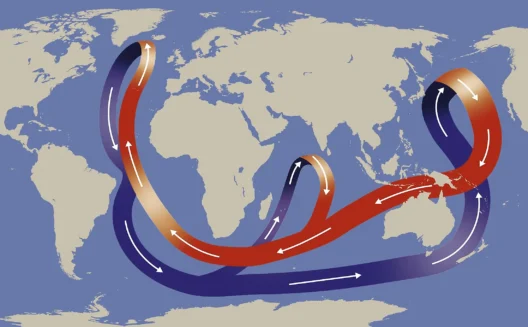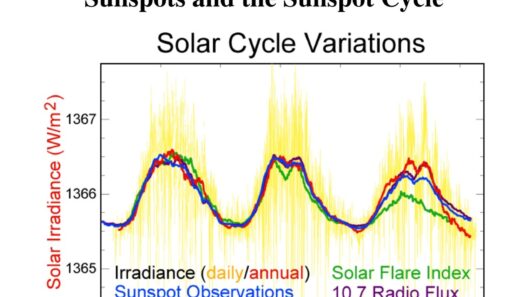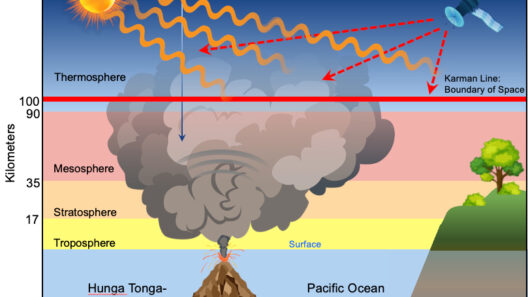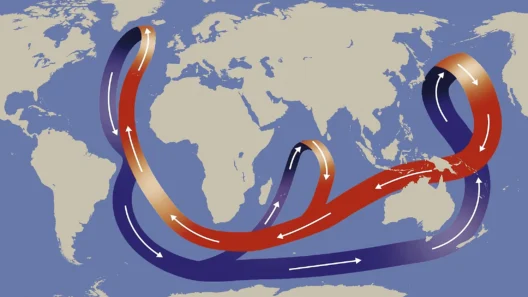How often do you glance at the sky and utter, “What’s the weather like today?” or “What climate are we experiencing this month?” These questions highlight a common curiosity that links two fundamental elements of our atmosphere: weather and climate. While they may seem synonymous at first glance, they represent different scales and phenomena of the atmospheric system. Yet, in their essence, weather and climate share intriguing similarities. Let’s embark on a whirlwind journey through the atmospheric tapestry to unravel both their likenesses and their distinctions.
Firstly, both weather and climate are intrinsically linked as they are manifestations of the Earth’s atmosphere, the gaseous envelope surrounding our planet. They are both products of atmospheric conditions, and while weather pertains to short-term events, climate encapsulates long-term averages and trends in these atmospheric phenomena. This fundamental connection serves as the backbone for understanding their interplay, as weather affects climate and vice versa.
To dissect their similarities further, consider that both weather and climate derive their properties from the same elements: temperature, humidity, precipitation, wind, and atmospheric pressure. These elements interact in complex ways, giving rise to various meteorological events and long-term patterns. Just as the daily weather is influenced by humidity levels or wind direction, climate is governed by the overarching trends of these same parameters over extended periods, typically 30 years or longer.
In both cases, phenomena are classified by their characteristics. For instance, specific conditions like storms, sunny days, or snowfall represent the weather on a given day, while climates can be categorized into distinct types such as tropical, arid, temperate, or polar based on typical weather patterns observed in particular regions. This classification reflects a systematic approach to understanding the atmospheric conditions, regardless of the temporal scale.
Another essential similarity is the influence of geographical factors. Latitude, elevation, and proximity to bodies of water all play significant roles in shaping both weather and climate. For example, coastal regions often experience milder conditions due to the moderating influence of the ocean, whereas mountainous areas can exhibit drastic weather changes over short distances. Thus, both weather and climate are deeply intertwined with geographical realities that contribute to the richness of diverse ecosystems across the globe.
Furthermore, both weather and climate have profound effects on human activities and ecosystems. Weather influences daily decisions, such as what to wear, whether to carry an umbrella, or if one can enjoy outdoor activities. In contrast, climate shapes agriculture, urban planning, and resource management decisions on a larger scale. Understanding both realms is crucial for adapting to environmental conditions, mitigating risks associated with natural disasters, and promoting sustainable development.
While we revel in the variances of weather from sunlit skies to torrential rain, the broader implications of climate change challenge us to rethink our relationship with the atmosphere. Both realms offer insights into the health of our planet. Extreme weather events, such as hurricanes or heatwaves, are becoming increasingly commonplace, serving as alerts to the shifts occurring within our climate. This brings forth the question: can we recognize the signs of change and adapt accordingly?
It is important to remain cognizant of the interdependencies between weather and climate. For instance, climate change can exacerbate weather extremes. If we witness an increase in the frequency of heavy rainfall, it may not simply be a weather anomaly; it could reflect broader climatic shifts that necessitate urgent measures. Similarly, prolonged droughts might signal a shift in climatic patterns, presenting challenges for both agriculture and water availability. In essence, both weather and climate are threads woven into the intricate fabric of our environment, and the challenges they pose compel us to re-evaluate our strategies for coexistence.
Now, how do we navigate these interconnected worlds? One approach is through education and awareness. Understanding the distinctions and connections between weather and climate enables individuals to make informed decisions. Schools, communities, and government agencies can play a pivotal role through outreach programs that emphasize the importance of climate literacy. The more we understand the dynamics of our atmosphere, the better equipped we become to respond to the challenges it presents.
Moreover, leveraging technology and data science can enhance our comprehension of both weather and climate. Advances in meteorology, satellite imagery, and climate modeling have significantly improved our ability to predict weather events and assess climate trends. By harnessing these tools, we can develop strategies to mitigate the adverse effects of extreme weather, minimize environmental impact, and ultimately build resilience against climate change.
In summary, while weather and climate differ vastly in terms of timeframes and implications, their similarities create a foundation for understanding their interactions. Both are essential components of our environmental landscape, characterized by the same elemental forces and geographical influences. As we confront the challenges of a changing planet, recognizing the interconnectedness of weather and climate will enable us to devise effective strategies for adaptation and sustainability. Together, through curiosity and proactive engagement, we can confront the atmospheric challenges ahead, whether they come in the form of a rainy day or a prolonged shift in climatic patterns.


